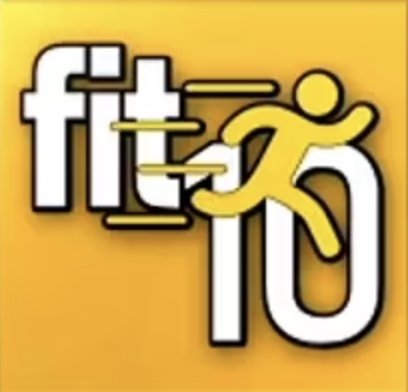What is the Paleo Diet?
First, let me say that the Paleo Diet is not a “fad diet”. What I mean by that is this, it is not a gimmicky “lose weight fast” type of diet. It, like the Keto Diet, or the Mediterranean Diet, is a way of eating. Though you may see Paleo processed foods now like Paleo Bars, etc., that’s not what it’s all about.
The idea behind the Paleo Diet is to take your eating habits back to how our ancestors ate. Back in the hunter-gatherer days, there weren’t Cheetos, deep-dish frozen pizzas or Doritos available.
Instead, humans ate foods that came straight from the ground or straight from the animal.
As a result, they weren’t consuming high levels of saturated fat, sugar, simple carbs, and additives, but instead were enriching their diets with fiber, lean proteins and healthy fats. This combination is what enabled them to keep steady blood-sugar levels, control their hunger and prevent the accumulation of unwanted body fat.
Healthy fats(1) and the few carbohydrates they consumed from fresh fruits and vegetables kept them going throughout the day while the amino acids from lean meat replenished their muscle tissues and helped them add more lean muscle mass.
Contrast this to the Standard American Diet (S.A.D), which bring about rapid blood-sugar spikes that lead to a flood of insulin in the body (which just encourages energy lows and body-fat accumulation).
By shunning the foods that cause this chain of events and focusing on all-natural foods instead, you can really turn the tables around as far as your health and body composition is concerned.
What you eat on a Paleo Diet
For lean protein, your choices are chicken breast, turkey breast, venison, and all-game meat, lean beef, wild fish and seafood, and eggs. Dairy is not to be consumed. Also off-limits are any salt-containing protein sources such as deli meat, bacon, hot dogs, and ham, along with those that are extremely high in saturated fat, such as fatty cuts of roast beef and lamb chops(1).
In addition to your protein, Paleo has you focus on healthy fats* from all nuts except peanuts (which are commonly misunderstood to be a nut when they’re actually a legume), natural almond butter, fatty sources of fish, avocados, flax and flax seeds, as well as olive oil in moderation.
Then, to round out the Paleo diet, rely on as many fresh fruits and vegetables as possible. There are no fruits and vegetables off-limits, but you should stay away from potatoes as well as yams.
Dried fruit, however, should be limited to no more than two ounces per day, especially for those who are trying to lose body fat.
Diet soda along with coffee, tea, and wine are to be consumed in moderation, and one 12-ounce serving of beer or four ounces of spirits are allowed a few times a week.
The Paleo Diet and exercise
If you’re giving the Paleo Diet a go and you’re already highly active with your workouts, you’ll want to be eating a higher volume of fresh fruits and lean protein right before and after the workout period. Since you will be strictly limiting all grains from the diet, this ensures that you provide the glucose the muscles need to perform the intense session.
Then later on in the day, to really enhance the fat-burning process, keep the diet limited to quality protein and healthy fats in moderation, as well as an abundance of vegetables. By limiting the fruit during this time, you ensure that your body starts using body fat as a fuel source while you maintain very steady energy levels that keep hunger low.
(1) One of the differences between the Paleo and Keto Diets is “healthy fat”. Paleo advocates that saturated fat is unhealthy, while Keto deems saturated fat to be not only healthy but essential. I personally agree with Keto on this one, as it’s been now proven that saturated fat is heart healthy and has no effect on clogging arteries or causing heart disease. Certain people groups (think Eskimos), eat a diet that is extremely high in saturated fat and live long healthy lives without heart disease.

